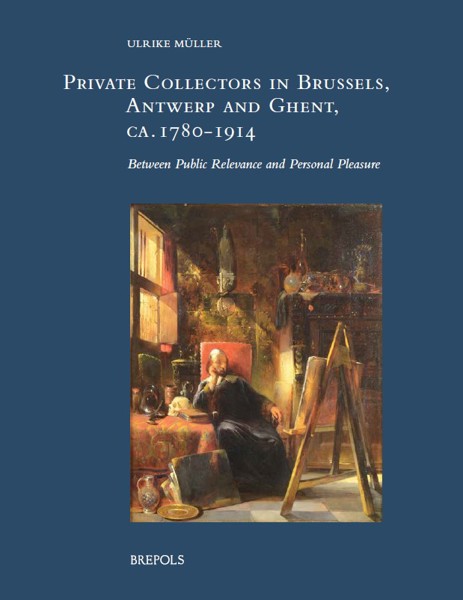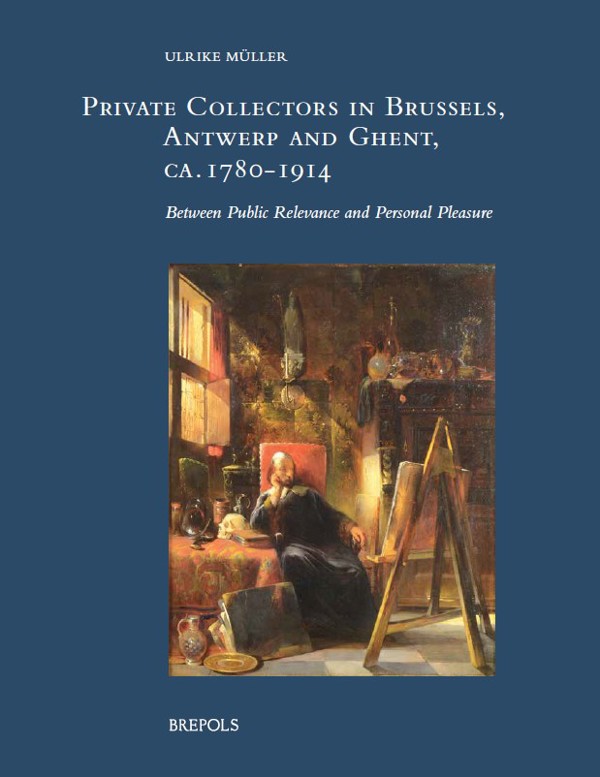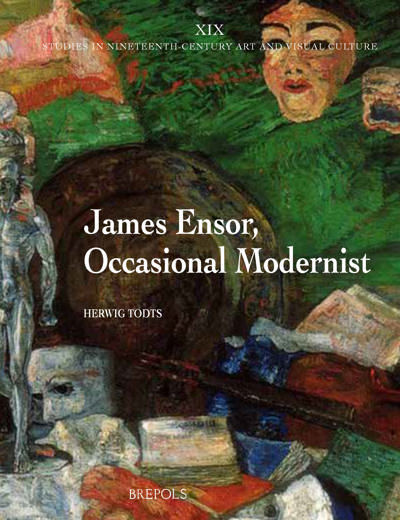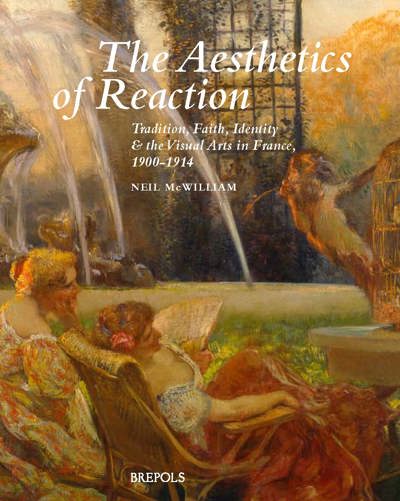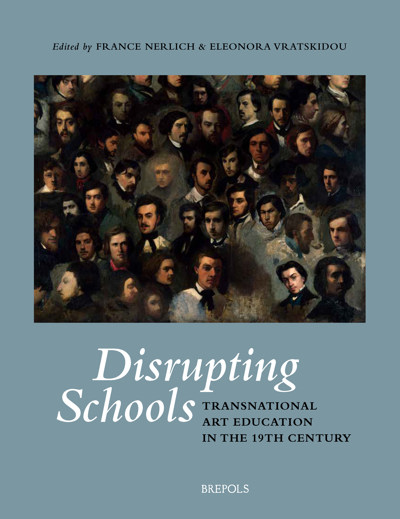
Private Collectors in Brussels, Antwerp, and Ghent, ca. 1780-1914
Between Public Relevance and Personal Pleasure
Ulrike Müller
- Pages: 376 p.
- Size:216 x 280 mm
- Illustrations:19 b/w, 128 col., 3 tables b/w.
- Language(s):English
- Publication Year:2024
- € 150,00 EXCL. VAT RETAIL PRICE
- ISBN: 978-2-503-60619-4
- Hardback
- Available
This book explores from an interdisciplinary and comparative perspective, the changing public role and relevance of private art and antique collectors in Brussels, Antwerp and Ghent during the long nineteenth century (ca. 1780-1914).
Ulrike Müller is an assistant professor in heritage studies at Antwerp University and a post-doctoral researcher at the Royal Museums of Fine Arts of Belgium, Brussels, specializing in the history and theory of collections and museums. She received a joint PhD in art history and history from the Universities of Ghent and Antwerp, respectively (2019). Her research focuses on public and private collecting, material culture, taste and the art market, in Belgium and internationally.
In the first half of the nineteenth century, Belgium was repeatedly praised as a country of collectors and amateurs, and private art and antique collectors were important and highly visible actors in urban cultural life. At a time when the public museum was still a relatively recent innovation, private collections were quite easily accessible for local and international visitors of the same social rank as the collectors. By the beginning of the twentieth century, however, the collector’s position in the public sphere had changed dramatically. Private collections were less accessible to an ever-expanding and increasingly culture-consuming public, and functioned more strongly in the context of the personal and explicitly private aims and networks of their owners.
This book uncovers the premises and reasons for private collectors’ shifting public role and relevance in nineteenth-century Brussels, Antwerp and Ghent. It examines the specific social, cultural, political, artistic and material context of private collectors’ activity. Its main focus is on three related issues: 1) collectors’ social profiles and networks; 2) collectors’ tastes; and 3) the function, accessibility, display and reception of the collections. Attention is also paid to the differences between Brussels, Antwerp and Ghent with regard to the urban collecting cultures. The book intends to further our understanding of the diverse ways in which private collectors interacted with the social, cultural and artistic life of their cities and what the collectors’ changing relationship to the public sphere can tell us about broader shifts in nineteenth-century culture, art and society.
Introduction. Private Collectors and the Public Sphere
Chapter 1. An Elite Cultural Practice in an Age of Transition
Chapter 2. The Enlightenment and the Persistence of Noble Collecting, ca. 1780-1860
Chapter 3. Local Historiography and Romantic Imagination, ca. 1815-1880
Chapter 4. The Rise of Belgian Art and its Patrons, ca. 1830-1860
Chapter 5. The Amateur in an Expanding Art World, ca. 1850-1900
Chapter 6. The Cultural Significance of the Aesthete, ca. 1880-1914
Chapter 7. The Emancipation of Female Taste, ca. 1890-1914
Conclusions
Bibliography
Appendix 1: Belgian and International Travel Guides and Travelogues. Selected Case Studies
Appendix 2: Private Collectors Cited in Belgian and International Travel Guides and Travelogues
Appendix 3: Art and Amateur Journals Published in Brussels, Antwerp and Ghent. Selected Case Studies
Appendix 4: Private Collectors Cited in Art and Amateur Journals Published in Brussels, Antwerp and Ghent
Appendix 5: Database
Index of Names and Institutions
